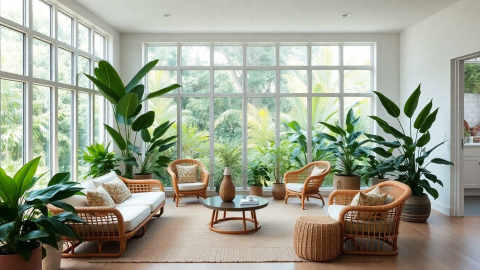Vintage Style Interior Design: Timeless Charm Meets Modern Flair
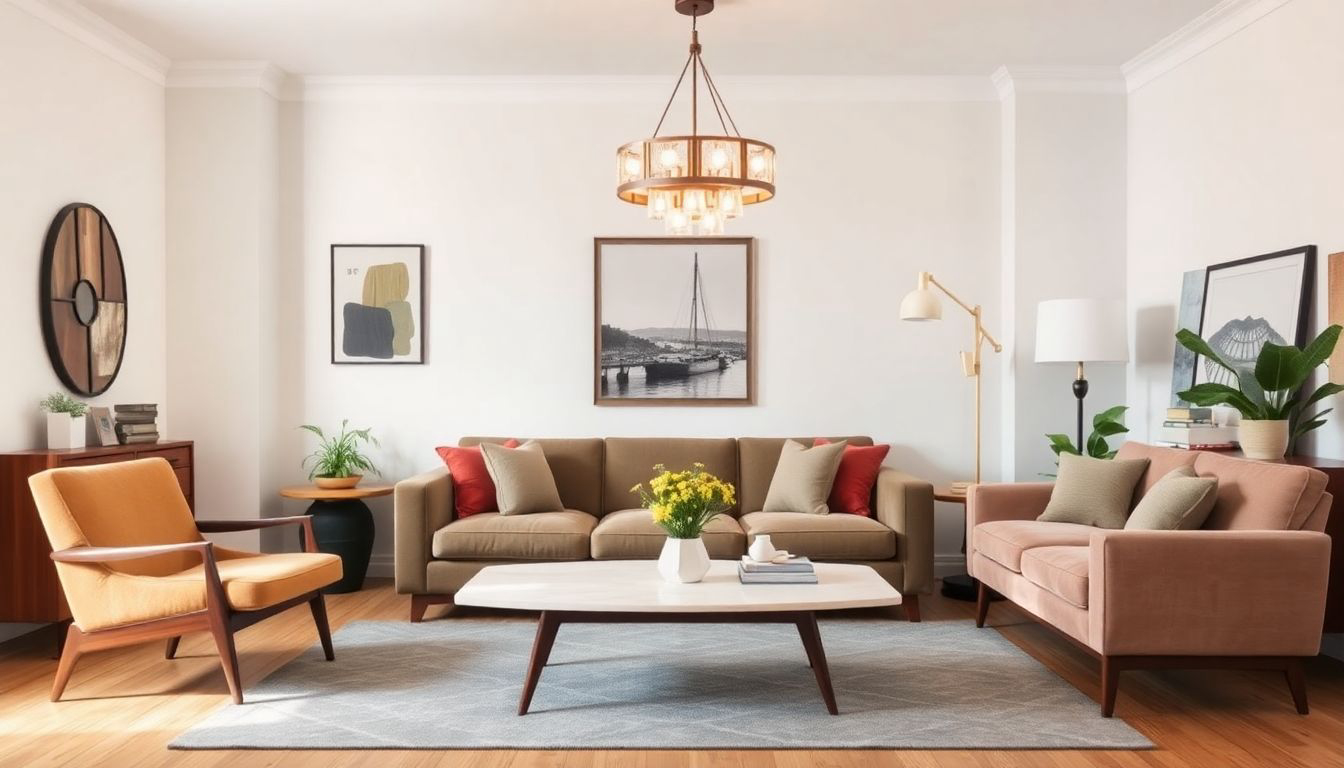
Vintage style interior design has captured the hearts of homeowners and designers alike, offering a unique blend of nostalgia and contemporary aesthetics. This captivating approach to home decor allows us to celebrate the beauty of bygone eras while creating spaces that feel fresh and relevant. From the opulence of the 1920s to the bold colors of the 1970s, vintage-inspired interiors offer a world of possibilities for those looking to infuse their homes with character and charm. In this comprehensive guide, we'll explore the art of vintage style interior design, uncovering tips, tricks, and inspiration to help you create a space that's both timeless and uniquely yours.
The Allure of Vintage Style
Vintage style interior design is more than just a trend; it's a celebration of history, craftsmanship, and individuality. As interior designer Meghan Yang notes, "The first thing that comes to mind when I think art deco is that beautiful 1920s jewelry." This sentiment captures the essence of vintage design – it's about incorporating pieces that tell a story and evoke a sense of wonder.
The appeal of vintage style lies in its ability to create spaces that feel lived-in and curated over time. Unlike mass-produced modern furniture, vintage pieces often boast superior craftsmanship and unique details that can't be replicated. By mixing these elements with contemporary designs, homeowners can create interiors that are both comfortable and visually intriguing.
Key Elements of Vintage Style
To successfully incorporate vintage style into your home, it's essential to understand its key elements:
1. Rich, Layered Textures
Vintage interiors are all about creating depth through layered textures. Think plush velvet sofas, intricately woven rugs, and embroidered throw pillows. These elements add warmth and visual interest to a space, making it feel inviting and cozy.
2. Eclectic Furniture Pieces
One of the joys of vintage style is the freedom to mix and match furniture from different eras. A mid-century modern coffee table can sit comfortably alongside a Victorian armchair, creating a unique and personalized look.
3. Bold Color Palettes
While neutral tones have their place, vintage style often embraces bold color choices. From the jewel tones of the Art Deco era to the earthy hues of the 1970s, don't be afraid to experiment with color in your vintage-inspired space.
4. Intricate Patterns and Prints
Wallpaper, upholstery, and textiles featuring intricate patterns are hallmarks of vintage design. Floral prints, geometric designs, and even toile can add visual interest and a touch of whimsy to your interiors.
5. Statement Lighting
Lighting plays a crucial role in vintage-inspired spaces. Chandeliers, ornate sconces, and unique table lamps can serve as focal points and add a touch of glamour to any room.
Incorporating Vintage Elements in Modern Spaces
The key to successful vintage-inspired design is striking the right balance between old and new. Here are some tips for incorporating vintage elements into your modern home:
Start Small
If you're new to vintage style, start by introducing small pieces or accessories. A vintage mirror, a set of antique candlesticks, or a retro clock can add character without overwhelming your existing decor.
Focus on Quality
When selecting vintage pieces, prioritize quality over quantity. As Carmine Bruno, CEO of The Bruno Effect, points out, "French Art Deco wasn't a celebration of mass-production – it was a continuation of all the fine workmanship we associate with the best antiques." Look for well-made items that have stood the test of time.
Mix and Match Eras
Don't feel confined to a single decade or style. The beauty of vintage design lies in its eclectic nature. Feel free to mix Art Deco elements with mid-century modern pieces or Victorian antiques with 1970s-inspired decor.
Repurpose and Upcycle
Get creative with vintage finds by repurposing them for modern use. An old ladder can become a unique bookshelf, while vintage suitcases can be stacked to create an interesting side table.
Embrace Imperfections
Part of the charm of vintage pieces lies in their imperfections. As interior designer Tiago Patricio Rodrigues demonstrates in his Lisbon House project, a slightly worn Persian carpet can anchor a room and add character to a contemporary space.
Vintage Style by Decade
Different decades offer unique design elements that can be incorporated into your vintage-inspired home. Let's explore some key features of popular eras:
1920s Art Deco Glamour
The 1920s were all about opulence and glamour. To capture this look:
- Incorporate geometric patterns and sleek lines
- Use luxurious materials like velvet, silk, and chrome
- Add statement lighting fixtures, such as crystal chandeliers
- Include mirrored surfaces for added sparkle
1950s Mid-Century Modern
The 1950s brought us the clean lines and functional design of mid-century modern. To achieve this style:
- Choose furniture with tapered legs and organic shapes
- Opt for a color palette that includes mustard yellow, teal, and burnt orange
- Incorporate wood elements, particularly teak and walnut
- Add atomic-inspired lighting and accessories
1970s Bohemian Chic
The 1970s were all about embracing nature and individuality. To capture this boho vibe:
- Use earthy color palettes with pops of vibrant hues
- Incorporate natural materials like rattan, macramé, and cork
- Add plenty of plants for a lush, green feel
- Mix patterns and textures for an eclectic look
The Art of Mixing Vintage and Modern
The true magic of vintage style interior design lies in its ability to blend seamlessly with modern elements. This juxtaposition creates spaces that feel both timeless and current. Here are some tips for mastering this art:
Create a Cohesive Color Scheme
Use color to tie vintage and modern elements together. Choose a palette that complements both your antique finds and contemporary pieces.
Balance Old and New
Aim for a balance between vintage and modern items in each room. Too much of either can make a space feel either dated or cold.
Use Vintage Pieces as Focal Points
Let your vintage finds take center stage by using them as focal points in a room. A stunning Art Deco sideboard or a mid-century modern chair can become a conversation starter when paired with more understated modern pieces.
Play with Scale and Proportion
Mix larger vintage pieces with smaller modern accessories (or vice versa) to create visual interest and prevent the space from feeling too uniform.
Sustainable Design Through Vintage Style
In an era of increasing environmental awareness, vintage style interior design offers a sustainable approach to home decor. By repurposing and reusing existing pieces, we reduce waste and minimize our carbon footprint. As Rita Konig, a renowned interior designer, demonstrates in her projects, incorporating vintage elements not only adds character to a space but also promotes a more sustainable lifestyle.
Embracing Imperfection and Personality
One of the most beautiful aspects of vintage style is its celebration of imperfection and individuality. Unlike cookie-cutter modern interiors, vintage-inspired spaces tell a story and reflect the personality of their inhabitants. As interior designer Amanda Jesse notes, "It's not a question of living in a total look but of having one or two works of art within reach."
Conclusion: Creating Your Unique Vintage-Inspired Haven
Vintage style interior design offers endless possibilities for creating spaces that are both beautiful and meaningful. By blending elements from different eras with contemporary pieces, you can craft a home that reflects your personal style and tells your unique story. Remember, the key to successful vintage-inspired design is to have fun, experiment, and trust your instincts. Whether you're drawn to the glamour of the 1920s or the earthy vibes of the 1970s, there's a vintage style that's perfect for you.
As you embark on your vintage design journey, keep in mind the words of interior designer Azita Sadeghi: "To make them modern, I stack them straight and do them oversized." This approach of taking vintage elements and giving them a contemporary twist is at the heart of successful vintage-inspired interiors.
So go ahead, scour those flea markets, explore antique shops, and don't be afraid to mix old with new. Your perfect vintage-inspired haven awaits!
References and Further Reading
- Vintage Interior Design: Ideas And Tips – Adorable Home
- 51 Worthy Vintage Interior Design Ideas To Convert Your Home
- The vintage French style taking interiors by storm
- 10 Rooms with Modern Vintage Style
- Best Practices For Decorating With Vintage Pieces
- Retro Revival - Newport Beach News
- 10 Tips of Interior Design for a Modern Home | Vintage Industrial Style
- Rita Konig, The Most Colourful Decor Interiors Ideas
- Vintage Interior Designs: learn now how to mix modern and vintage
More Articles
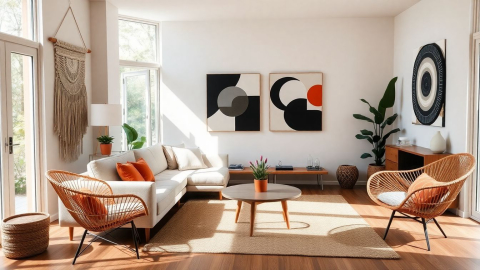
70s Interior Design: A Groovy Revival for Modern Homes
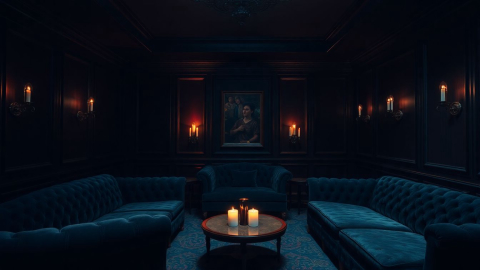
The Dark Side of Design: A Satirical Journey into the Abyss of Interior Decor
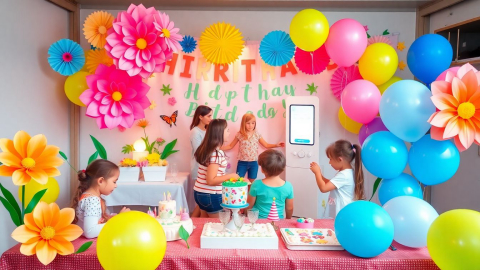
Crafting Unforgettable Birthday Celebrations: Trends and Tips for 2024
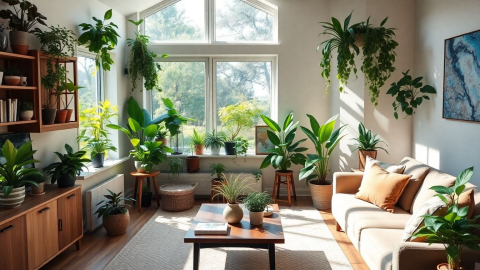
Inspiring Indoor Plant Decor: Transforming Spaces with Nature's Touch
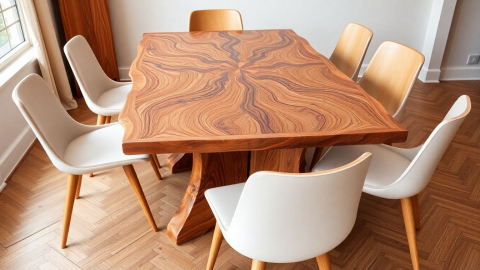
The Artisan's Touch: Elevating Interiors Through Craftsmanship and Design
